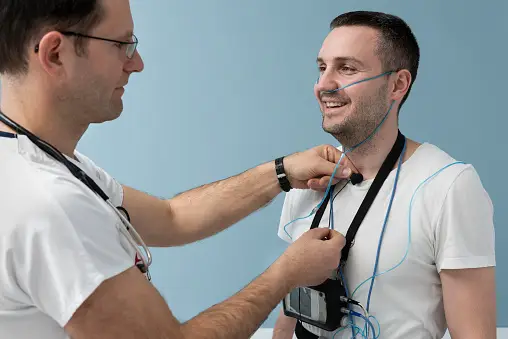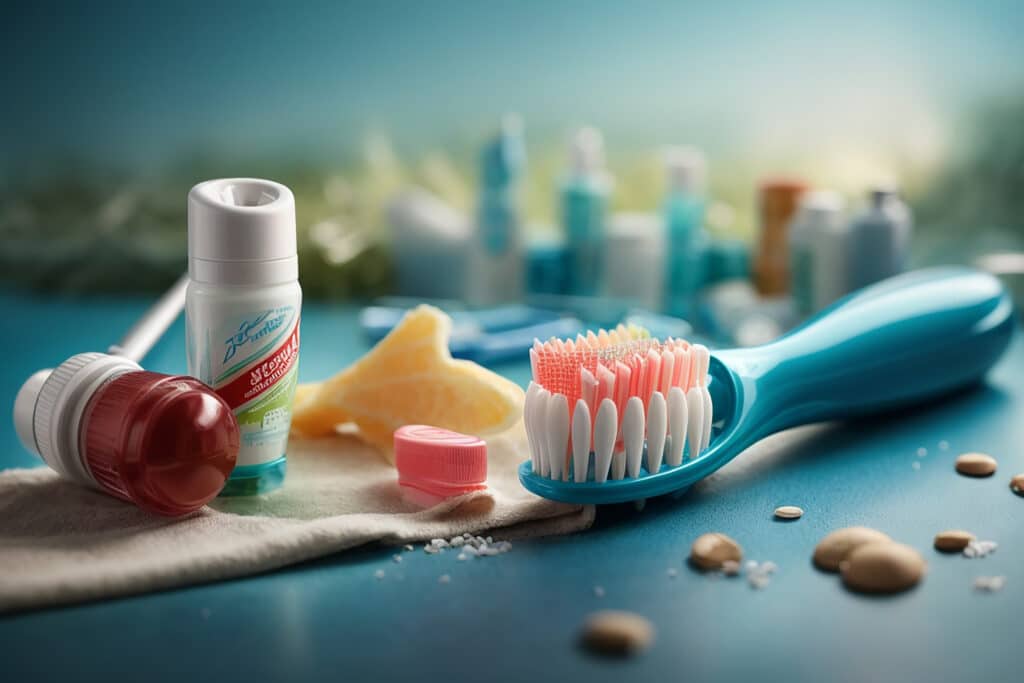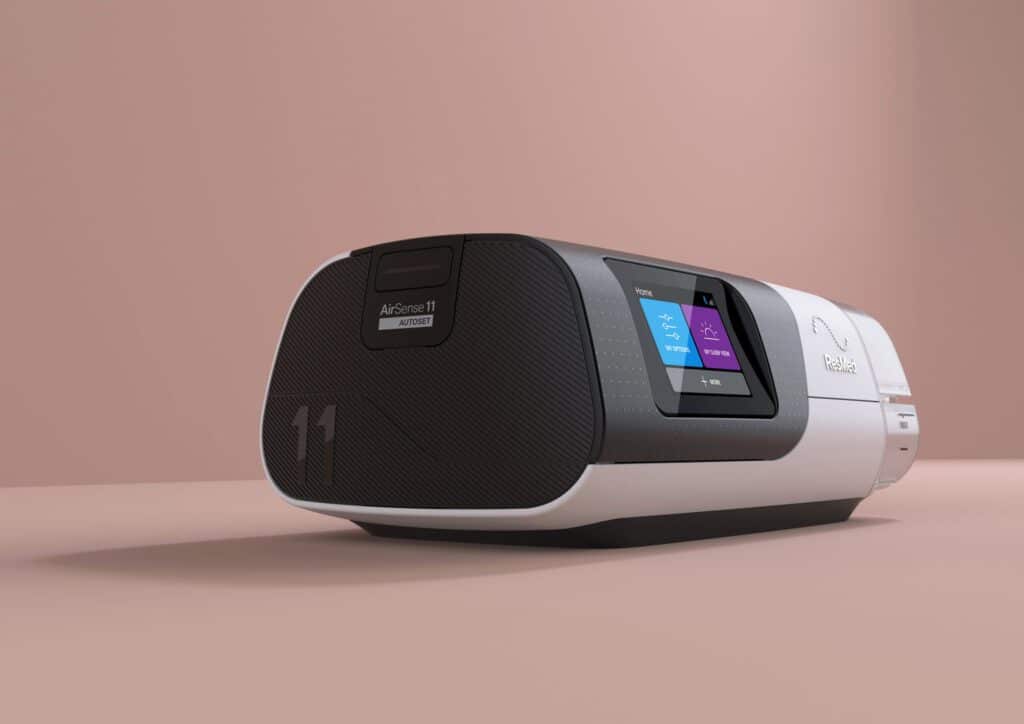
“Oxygen concentrators have revolutionized how people with respiratory conditions receive oxygen therapy. Individuals can uphold an improved quality of life by utilizing these devices, which furnish a dependable and uninterrupted oxygen supply. One essential component of portable oxygen concentrators is the battery that powers them, such as the reliable Inogen batteries G5. Oxygen concentrator batteries are critical in guaranteeing a constant oxygen supply, especially for persons who need to remain active and mobile. In this blog, we’ll delve into the world of oxygen concentrator batteries, including valuable tips for maximizing their performance.
Understanding Oxygen Concentrator Batteries
Oxygen concentrator batteries are rechargeable power sources that enable patients to use their oxygen concentrators on the go without being tethered to an electrical outlet. These batteries are typically lithium-ion based, offering a higher energy density, longer lifespan, and lighter weight than other options. They are compact and lightweight by design, enabling users to carry them during their daily activities comfortably.
Tips For Optimal Oxygen Concentrator Battery Performance
Oxygen concentrators have transformed the lives of individuals with respiratory conditions, allowing them to engage in daily activities while receiving the essential oxygen therapy they need. Central to the functionality of these devices are their batteries, which power the concentrators and enable users to keep their mobility. To make the most of your oxygen concentrator’s battery and ensure reliable performance, here are some valuable tips:
Choose the Right Battery Type
When selecting an oxygen concentrator, consider the available battery options. Different concentrator models may offer batteries with varying capacities. Assess your lifestyle and the time you spend away from a power source. A higher-capacity battery will benefit you if you’re frequently outdoors or on the move. Choose a battery that aligns with your daily activities and oxygen needs.
Follow Charging Guidelines
To maintain optimal battery performance, adhere to the manufacturer’s charging recommendations. Modern lithium-ion batteries in oxygen concentrators perform best when kept within a specific charge range, typically around 20% to 80% capacity. Avoid letting the battery reach complete depletion before recharging, as this can strain the battery and impact its lifespan.
Avoid Overcharging
While many oxygen concentrators have anti-overcharging features, it’s best to unplug the device once fully charged. Overcharging can result in excessive heat generation, damaging the battery’s chemistry and longevity.
Mind Temperature Conditions
Temperature extremes, both hot and cold, can impact battery performance and lifespan. Store your oxygen concentrator and battery in a relaxed, dry environment, away from direct sunlight and heat sources. Avoid exposing the device to temperature extremes, which can degrade the battery’s efficiency and health.
Calibrate the Battery Gauge
Some oxygen concentrators feature a battery gauge that displays the remaining charge level. Periodically calibrate this gauge by allowing the battery to discharge and recharge completely. This process helps the device accurately estimate the available battery capacity and enhances user confidence in the battery indicator’s accuracy.
Limit Deep Discharges
Lithium-ion batteries fare better when not regularly drained to deficient levels. Aim to recharge your oxygen concentrator’s battery when it reaches around 20% to 30% capacity. Frequent deep discharges can strain the battery and lead to reduced overall performance.
Use Approved Chargers
Always use the manufacturer’s charger or a reputable third-party charger specifically designed for your oxygen concentrator model. Incompatible chargers can damage the battery, compromise lifespan, and pose safety risks.
Monitor Battery Performance
Keep a close eye on your oxygen concentrator battery’s performance. If you notice a significant decrease in run times or frequent recharging requirements, it might indicate that the battery is aging and needs replacement. Refer to the manufacturer’s guidelines for recommended battery replacement intervals.
Travel Considerations
Research airline regulations regarding battery-powered medical devices when traveling with your oxygen concentrator. Airline policies vary, and it’s essential to be aware of any restrictions on carrying lithium-ion batteries on flights. Ensure your travel plans align with these guidelines to avoid disruptions.
Regular Maintenance
Maintaining the cleanliness of your oxygen concentrator is vital for optimal performance. Dust and debris accumulation can impede heat dissipation and airflow, potentially leading to overheating and reduced battery efficiency. Follow the manufacturer’s cleaning recommendations to ensure trouble-free operation.
How Often Should I Replace The Battery?
The frequency of battery replacement for your oxygen concentrator depends on several factors, including the type of battery, your usage patterns, and the specific manufacturer’s recommendations. Generally, rechargeable batteries used in oxygen concentrators may need replacement every 1 to 2 years on average, but this can vary.
Here are some factors to consider when determining when to replace the battery:
Battery Lifespan
Rechargeable batteries experience a decrease in capacity after undergoing a limited number of charge cycles. As the battery ages, its ability to hold a charge and provide sufficient power will diminish.
Usage Frequency
The more frequently you use your oxygen concentrator and discharge and recharge the battery, the more wear and tear the battery experiences. If you use your concentrator consistently, replace the battery sooner.
Charging Habits
Charging the battery too frequently or letting it fully discharge before charging can impact its lifespan. Following the manufacturer’s charging guidelines is recommended to ensure optimal battery health.
Environmental Conditions
Extreme hot or cold temperatures can impact battery performance and lifespan. Storing or using the oxygen concentrator and battery in temperature-controlled environments can extend the battery’s lifespan.
Manufacturer Recommendations
Always refer to the manufacturer’s guidelines and recommendations for battery replacement. The user manual should provide information about the expected battery lifespan and when to consider replacing it.
Performance Decline
Notice that your oxygen concentrator’s battery is holding less charge, providing shorter usage times, or struggling to power the device effectively. It might be a sign that the battery needs replacement.
It’s essential to consult your oxygen concentrator’s user manual for specific information about battery replacement intervals. Some concentrator manufacturers also offer warranty coverage that includes battery replacement within a particular timeframe.
If you need help with when to replace the battery or experiencing performance issues with your oxygen concentrator, consider contacting the manufacturer’s customer support or your healthcare provider for guidance. They can provide you with customized advice based on your situation.
Wrapping Up
Oxygen concentrator batteries are the lifeblood of portable oxygen therapy, allowing people to live active lives while receiving the required oxygen. By following these tips for optimal battery performance, you can extend the life of your oxygen concentrator battery, ensure a consistent oxygen supply, and enjoy the freedom that comes with being mobile. Remember that proper care and attention to your battery’s health will result in a more reliable and efficient oxygen therapy experience.





